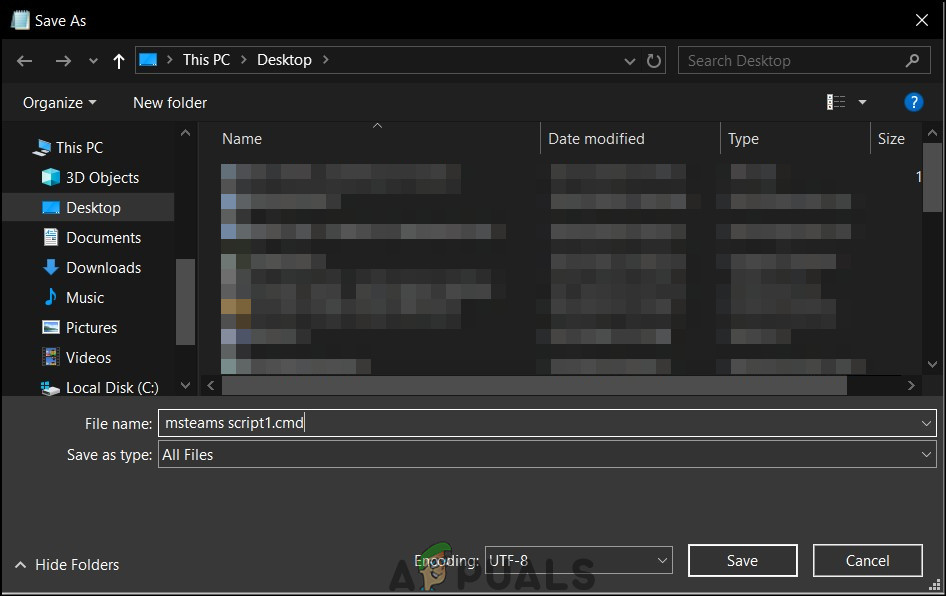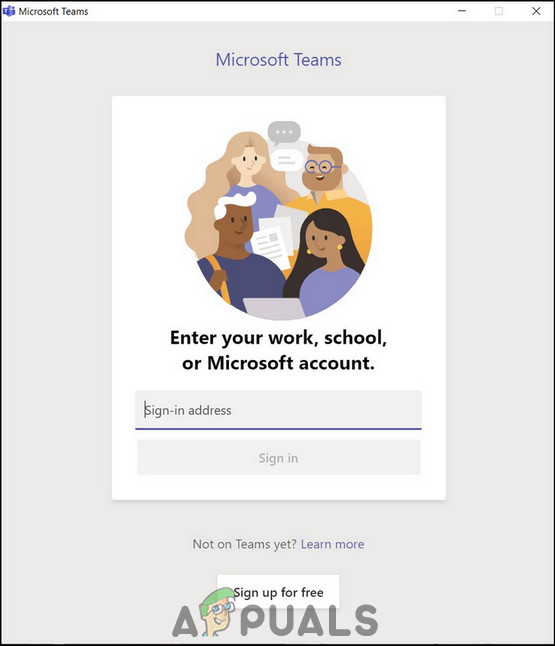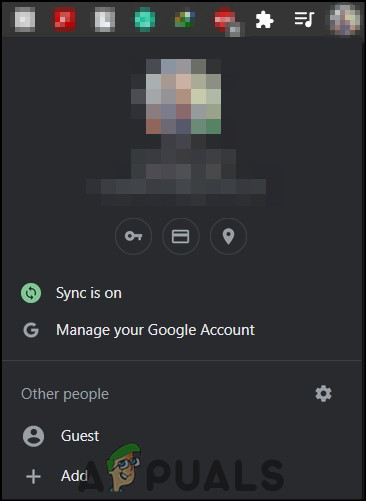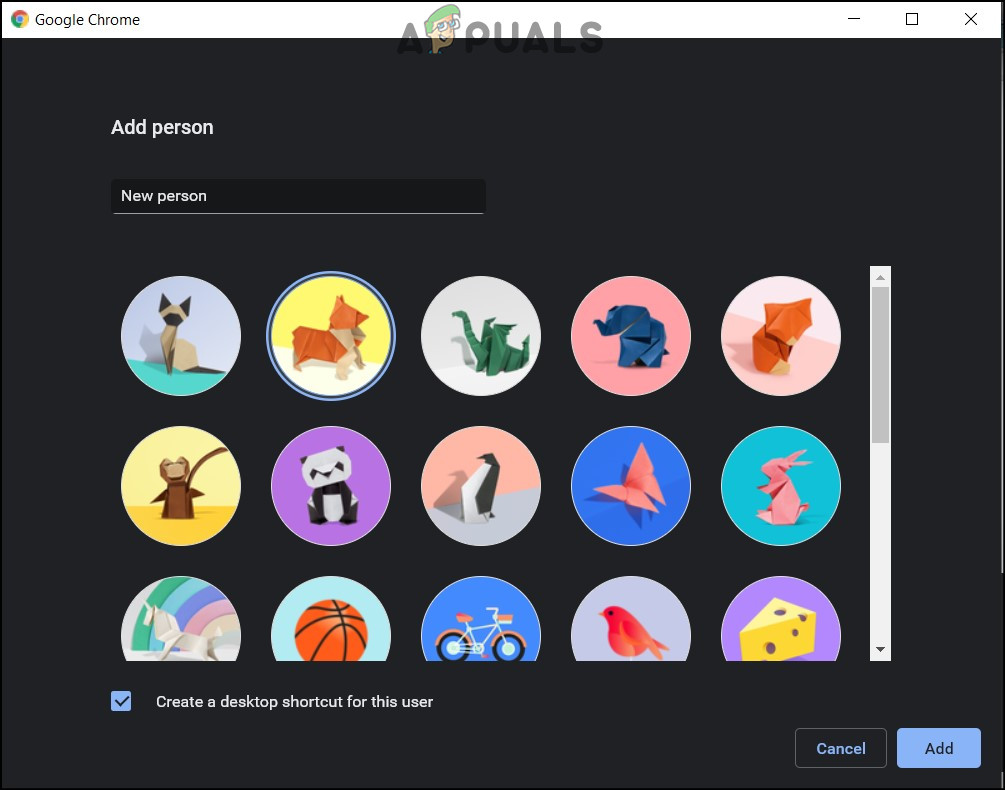How to Login Microsoft Teams with Multiple Accounts
Microsoft Teams is a service provided by Microsoft similar to services such as Skype, Zoom, and Google Meet. The app is used for online meetings as well as providing room for multiple members. Consequently, it provides a service in which team members are aware of each other’s progress. The most common issue reported by MS Teams users is the lack of availability to run multiple instances. More often than not people in the industry have multiple accounts for their jobs as well as personal use. However, the current structure of MS Teams does not allow for smooth switching between these accounts. As a result, users have to log out of one account and sign in with another which is not feasible.

The solutions provided here are from users who have tried and approved them. Concerning this issue, the message from the Microsoft development team is that allowing multiple accounts for MS Teams is a work in progress.
Script to run Multiple Instances for Teams Windows Application
This is a script readily available on the internet. Since MS Teams does not allow for multiple instances this is a workaround. However, this is not a permanent fix as you have to run this script for every instance you want to run. Conversely, this is one of the solutions that works fine and gets the work done. To run this script
- First, copy this text into a text file.
@ECHO OFF REM Uses the file name as the profile name SET MSTEAMS_PROFILE=%~n0 ECHO - Using profile "%MSTEAMS_PROFILE%" SET "OLD_USERPROFILE=%USERPROFILE%" SET "USERPROFILE=%LOCALAPPDATA%\Microsoft\Teams\CustomProfiles%MSTEAMS_PROFILE%" ECHO - Launching MS Teams with profile %MSTEAMS_PROFILE% cd "%OLD_USERPROFILE%\AppData\Local\Microsoft\Teams" "%OLD_USERPROFILE%\AppData\Local\Microsoft\Teams\Update.exe" --processStart "Teams.exe"

- Secondly, save the file as “*.cmd”. For this set the file type as “All Files” and save the file name with a .cmd extension.

Save file as - Then, run the script to launch a new instance of MS Teams client.

Cmd Window - The client will run with your original logged in email.

New Instance - Lastly, you will have to sign in with the other email that you want to use MS Teams with.
- Rename and run the script for the number of instances you want to use.
Run Multiple Instances on Web Browser
This solution is for people who want to use the Teams web app. The web app design of the Teams app is not the most dynamic and many people do not use it. In any case, you want to use the web application of MS Teams this solution is for you. However, since multiple instances of MS Teams are not allowed you will have to either create multiple instances of a browser, use different browsers or make use of the private mode or incognito mode of a browser. Below are the different steps for this solution. For a different browser, visit this link. This article will provide steps taking the example of Google Chrome.
For running multiple instances on a browser
- Click on your profile picture in the navigational bar of Chrome and click on Add.

Add new profile - Provide the name and choose an avatar. Then, click on Add. Make sure the Create a desktop shortcut for this user option is checked.

Create a desktop shortcut - Then, Chrome will run a brand-new instance and you can log in with your new account.
- This step can be repeated for multiple accounts.
Continuing on this, you can also use multiple accounts on different browsers. Moreover, another method is to run log in with different accounts in incognito mode. However, this will require opening and closing multiple incognito windows.
If you have multiple users on the same computer i.e. a family PC the previous steps can prove to be a hassle. For this purpose, the best way is to keep the MS Teams client and web apps separate. You can sign in to different accounts on the web browsers while keeping your original account intact.





